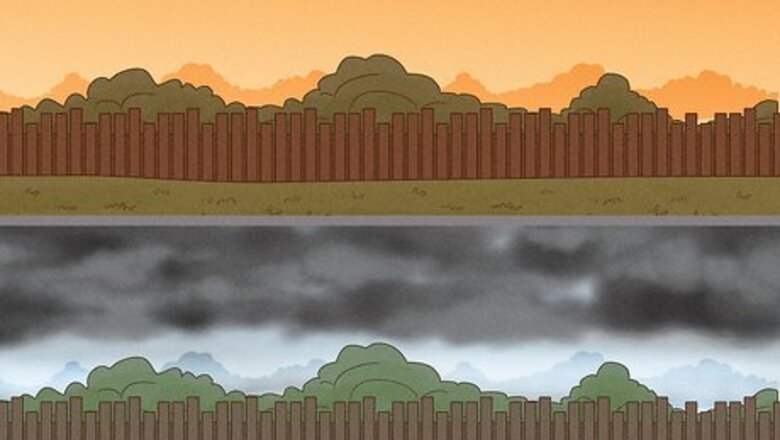
views
- The most common cause of a yellow sky is storm clouds. The clouds scatter the blue light coming from the sun, and this makes the light look yellow to us.
- Dust storms, pollen, and smoke in the atmosphere can also cause it to look yellow outside for the same reason: they scatter the blue light in the sky.
- A yellow sky doesn't necessarily mean a tornado or hurricane is on the way. Any kind of storm cloud can cause the sky to look yellowish (or even greenish).
Possible Causes of a Yellow Sky

Storm clouds A brewing storm (especially a late afternoon storm) is the most common reason for that eerie yellow cast that sometimes happens outside. The clouds scatter the short wavelengths of blue light that come from the sun, and when that scattered light is projected into the sky, it can look yellowish from our perspective here on earth. When the clouds themselves look yellow, it's most likely due to the molecules of water inside of them. The molecules are blue, so when the light reflects off them and scatters, the clouds can look yellowish.
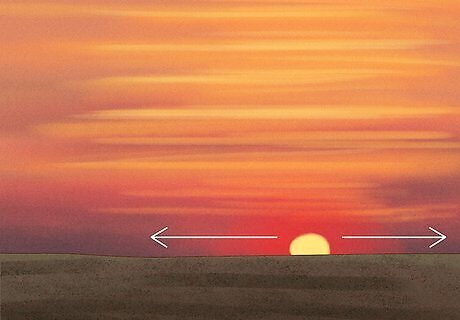
Sun’s position on the horizon Scattered blue light is to blame, but in this case, the scattering is caused by the sun being low on the horizon. When the sun is low, the light passes through more air than it does during the day (when the sun is high in the sky). Natural molecules in the atmosphere scatter the violet and blue light away from our eyes, resulting in those gorgeous sunrise/sunset hues: yellow, orange, and red.
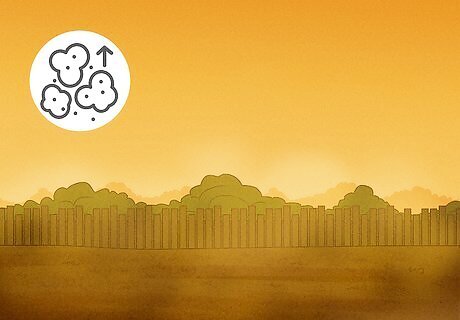
Dust in the atmosphere It’s strange to think that dust from a faraway place can influence the way the sky looks where you are, but it happens occasionally. In 2017, dust from the Sahara desert was blasted into the atmosphere due to a strong storm that swept across Europe. All that dust and moisture scattered the blue light in the sky over the United Kingdom, making it glow a deep yellow color.
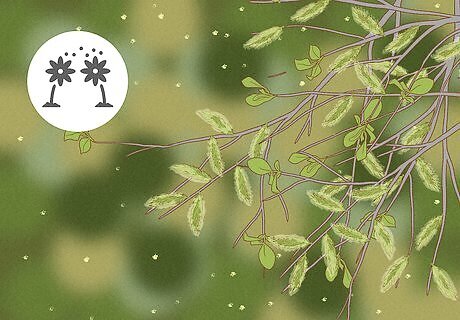
Heavy pollen High winds during peak pollen season can whip large amounts of pollen high up into the sky, scattering the blue light rays until everything looks yellowish. The pollen is usually yellow, as well, which makes the color even more vivid. An incident like this occurred in May 2022 in the Boston, Massachusetts area.
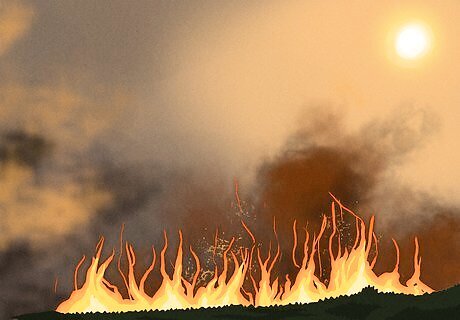
Smoke from wildfires Just like with the storm clouds and dust, smoke in the atmosphere can scatter the normal blue light until the sky turns a smoggy yellow color. It takes quite a lot of smoke for this to happen, so this scenario is pretty rare—it usually happens during extremely large wildfires (like the ones that tend to occur in California and along the West Coast).
Does a yellow sky mean a tornado is coming?
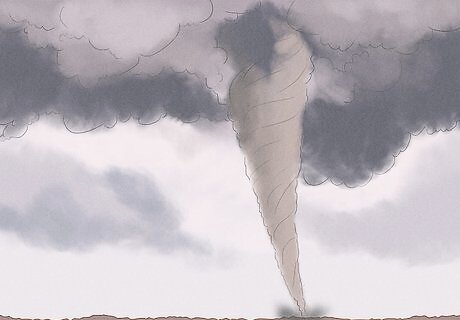
No, it's a myth that a yellow sky means a tornado is on the way. A yellow sky usually just means a thunderstorm storm is brewing. Storm clouds can scatter the normal blue light in the sky, which sometimes creates a creepy yellow or even greenish glow (especially late afternoon storms when the sun is lower on the horizon). A yellow or greenish sky also doesn't mean a hurricane is coming. In most cases, if you see dark clouds, you can expect a regular thunderstorm. Thunderstorms are usually pretty safe as long as you take shelter, but it never hurts to be prepared for severe weather.
Does it mean something bad when it's yellow outside?
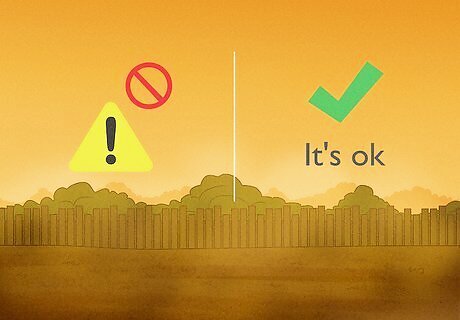
A yellow sky can look ominous, but rest assured it’s natural and normal. Despite the perfectly reasonable scientific explanations, this phenomenon is actually quite rare. And since we’re very accustomed to our serene blue sky, that yellowish hue can look a bit haunting and unnatural. No matter what anyone says, though, the world isn't about to end and extreme weather is not necessarily imminent. Check local weather reports and recent news stories for clues. If local meteorologists are expecting storms, or if you run across a news article about sand storms, wildfires, or extreme pollen, you'll know for sure what's happening.




















Comments
0 comment